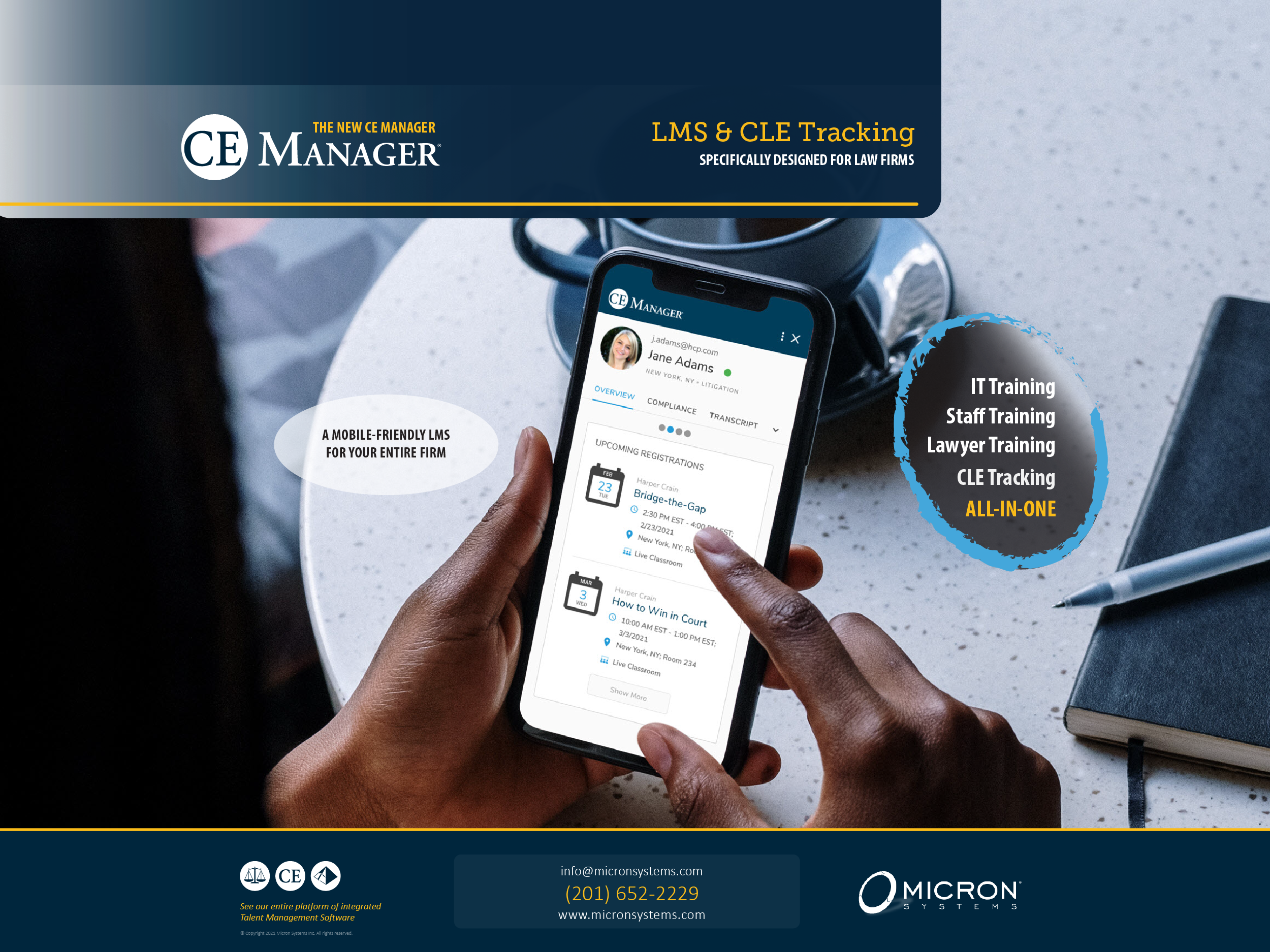As of late, legal organizations find themselves in new territory — having to adapt to changes. If they don’t, they risk losing valuable employees to their competitors.
“Law firms seem to have been behind the times in terms of promoting a positive corporate culture,” says Scott Perlmuter, Esq., at Tittle & Perlmuter. “Technological advances and generational shifts in views on the workplace were already eroding those habits, but the pandemic put those changes into hyperdrive. Every other field has had to adapt to a more progressive work environment, and law firms will lose good employees to other fields if they don’t do the same.”
While firms may want to change, they don’t know exactly how to go about it. By doing their research and committing to a restructure, they will be able to protect — and perhaps even boost — their bottom lines.
WHY CONSIDER A CULTURAL RESTRUCTURE?
According to David Clark, a Partner at the Clark Law Office, a cultural restructure can lead to better business as well as work-life balance for its partners.
“Restructuring the competitive and highly stressful law firm environment into a more diverse and supportive workplace can only mean increased productivity and bottom line,” says Clark.
In a traditional law firm — which can be uptight, dramatic and overtly professional, says Jordan W. Peagler, Esq., at MKP Law Group, LLP — it can be difficult for employees to feel comfortable and perform their best.
“They are constantly worried about tripping up (often leading to more mistakes) and subsequently getting fired,” Peagler says.
“Every other field has had to adapt to a more progressive work environment, and law firms will lose good employees to other fields if they don’t do the same.”
The key is to listen to your employees. Perhaps that entails annually surveying employees to gage their level of satisfaction. If there are common, negative themes, make sure management really hears that feedback and comes up with a plan of action — surveys are only successful if there is follow-up.
Eric Rohrback, the Director of Growth Marketing at Hill & Ponton, pointed out that a cultural restructure could help law firms attract and retain top talent as well.
“Associates have been leaving law firms for years now, and much of it has to do with a culture that treats junior lawyers like underpaid, disposable workhorses,” he says. “This entrenched culture is ultimately bad for business.”
It can take time, but making shifts to a healthier atmosphere could help employees thrive.
FACTORS THAT ARE AFFECTING LAW FIRM CULTURE
There are two major factors that have caused a shift in law firm culture: younger people entering the workforce and, of course, the pandemic.
Clark says as younger people enter the workforce, they continue to revolutionize the law firm culture by introducing technology and all the changes that come along with it. “This has led to a more flexible, engaging and dynamic workplace. Law offices used to be all about workaholism, but the entry of young people has slowly changed the culture to work-life balance.”
According to Perlmuter, the curiosity, creativity and innovation from new, younger colleagues help address older systems that no longer work, noting they also ask good questions that help bring issues that need to be addressed to light. “This can catalyze explosive improvements in firm systems and efficiencies. If leveraged correctly and used to their full potential, the new wave of young professionals entering the workforce can act as a great complement to well-established and highly qualified law firms.”
“Associates have been leaving law firms for years now, and much of it has to do with a culture that treats junior lawyers like underpaid, disposable workhorses. This entrenched culture is ultimately bad for business.”
The pandemic has affected companies of all types, but for law firms specifically, Rohrback says it has “exposed how overbearing firms can be on junior associates and paralegals and opened up a long-overdue dialogue on better work-life balance.”
Additionally, in part because of the cultural and political events of the summer of 2020, recent years have “reemphasized the importance of diversity and inclusion initiatives at many firms and the need to do more to recruit and advance women and people of color,” he says.
WHAT A CULTURAL RESTRUCTURE COULD INCLUDE
When undergoing a cultural restructure, Peagler says that first, law firms need to stop demanding absurd hours from their staff because it leads to high turnover and makes it more difficult to build something.
“I personally know that at certain points in a case I prefer to throw myself all in, so from my experience, the better trick is to allow for flexibility when possible,” he says. “When firms have lighter loads, be more liberal with time off or at least flexible hours in order to offer work-life balance for employees.”
Perlmuter suggests incentivizing and motivating employees in ways other than offering higher wages.
“Make your employees identify how they define success and happiness personally and professionally and put into place a path for them to achieve those goals,” he says. “Personal and professional development opportunities are also imperative. You can build trust and loyalty with employees by showing them you believe in them through means of financial and educational investments. Build up your employees and they will help build your empire.”
A new culture could also include flexibility when it comes to work hours and remote work, as well as perks like mentorship and more paid time off, according to Rohrback. “People are willing to give of themselves a lot more when they believe their firm isn't trying to run them into the ground and wants to set them up with skills and experience they can use to build a long, stable career in an industry that continues to be changed by automation — especially for junior employees,” he says.
“You can build trust and loyalty with employees by showing them you believe in them through means of financial and educational investments. Build up your employees and they will help build your empire.”
Another crucial part of a cultural restructure is emphasizing diversity and inclusivity, which are particularly important to the younger workforce. Plus, studies show that diverse businesses produce more revenue.
“[A restructure] should include widening recruitment for a more diverse talent pool, a more flexible working schedule for work-life balance, and the establishment of a more engaging workplace culture to make it a more inclusive and better place for employees,” says Clark.
ADAPTING TO THE CHANGING TIMES
Just like any other business, law firms need to adapt to the changing times in order to stay afloat.
“The one constant in life is that there will always be change,” says Perlmuter. “Having a growth and abundant mindset when it comes to evolution and change is a universal success principle that does not exclude law firms.”
If law firms want to ensure they’ll survive now and into the next generation, then a cultural restructure could be necessary.
“Our world is changing, and faster than ever,” says Peagler. “We have new generations entering the workforce that are fighting for recognition of issues like mental health, equality and diversity. The old-school practices and attitudes will need to be buried as we look forward. Law firms must accept technology, flexibility and community to not just attract current new talent but to prepare for the future.”


